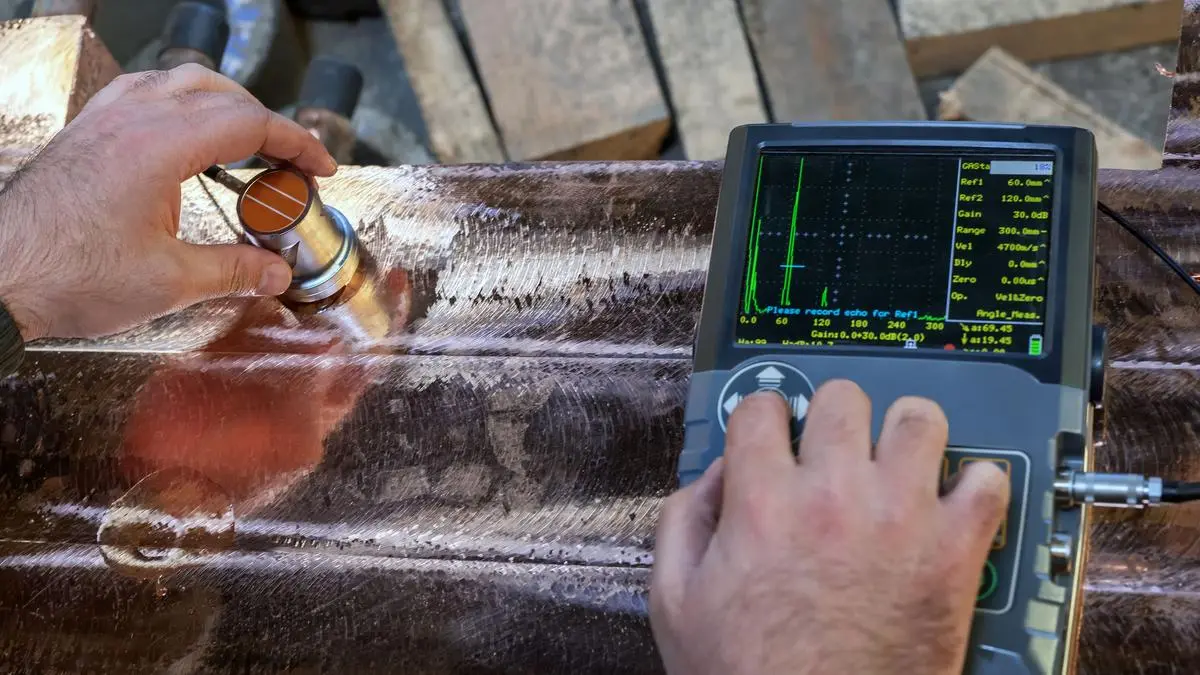Over the past two decades, China and India have engaged in a cycle of limited cooperation and recurring disputes over the management of the Brahmaputra river. The paper ‘Game theoretical analysis of China-India interactions in the Brahmaputra river basin’ by Anamika Barua, Tanushree Baruah and Sumit Vij reveals a pattern of strategic calculations, whereby trust deficits and unilateral actions have maintained a fragile status quo rather than fostering cooperation.
Game theory, a mathematical framework used to analyse strategic interactions, helps explain why China and India have struggled to move beyond minimal cooperation.
Prisoner’s dilemma
The first step towards cooperation was taken in 2002, when both countries signed an MoU on hydrological data sharing. This agreement was triggered after the bursting of glacial lakes in Tibet led to flash floods in India’s northeastern states in 2000. India accused China of failing to provide advance warning and, in response, China agreed to share water level, discharge and rainfall data from three hydrological stations in Tibet.
In game theory, this agreement fits the ‘prisoner’s dilemma’ model, where both players could have benefited from sustained cooperation but had strong incentives to prioritise unilateral advantages. China, as the upstream country, had a dominant strategic position while India, as the downstream country, was vulnerable to flood risks and water flow variations.
In 2006, an expert-level mechanism (ELM) was introduced as a platform to facilitate discussions. This created an institutional setting for repeated games, where interactions between the two nations could build trust over time. However, for this approach to succeed, both players needed to perceive benefits from cooperation.
Shifting payoffs
When the MoU was renewed in 2008, China wanted India to start paying for the data, signalling that China was leveraging its upstream position to extract economic benefits. India had little choice but to accept the new terms.
By 2013, more concerns emerged. While China extended the data-sharing period, India questioned the relevance of the data since all three monitoring stations were in a rain-shadow region of Tibet, limiting their usefulness in flood forecasting. Also, border tensions escalated, particularly during the 2013 Depsang standoff, which further eroded trust between the two countries.
Game theory explains this phase as a shift from cooperation to a mixed-strategy equilibrium, where both nations engaged in partial cooperation while simultaneously hedging against each other’s actions in other strategic areas. The lack of trust and unresolved border disputes meant neither side was willing to expand cooperation beyond technical data-sharing agreements.
Defection
During the 73-day Doklam standoff in 2017, China suspended the sharing of hydrological data with India, citing “technical issues” at its monitoring stations, while continuing to provide data to Bangladesh. This fits into the tit-for-tat strategy in game theory, where one player retaliates against another’s defection with a countermove.
The temporary defection from the cooperative framework resulted in a reset of the game, restoring the power asymmetry that existed before 2002.
Chicken game
Following the 2020 Galwan Valley clash, China and India both adopted more aggressive policies regarding the Brahmaputra. In 2021, China announced plans to construct a massive 60 GW dam at the Great Bend of the Brahmaputra, which could potentially alter water flow to India. In response, India accelerated its own dam-building initiatives in Arunachal Pradesh.
This phase of interaction aligns with the ‘chicken game’ model, where both players escalate their actions, expecting the other to back down. If neither yields, the worst outcome — a major environmental or geopolitical crisis — becomes increasingly likely. The risk of uncoordinated dam-building in a seismically active region is high, with potential consequences for flooding, water shortages and long-term ecological damage. Yet, neither country is willing to compromise.
Breaking deadlock
The expiry of the MoU in June 2023 left the future of China-India water cooperation uncertain. The game remains locked in a status quo equilibrium, where both nations maintain minimal cooperation but refuse to venture beyond past agreements. Without a fundamental shift in incentives, the Brahmaputra will continue to be managed through unilateral decisions rather than cooperative strategies.
Game theory suggests that breaking this deadlock would require a new equilibrium shift. Possible ways include establishing a binding river treaty that moves beyond data-sharing to include mechanisms for joint water management; using issue linkage, where cooperation on water is tied to economic or trade agreements to create mutual incentives; and implementing confidence-building measures, such as joint hydrological monitoring stations, to increase transparency.



